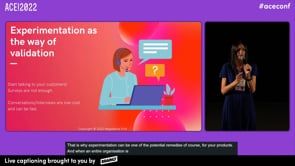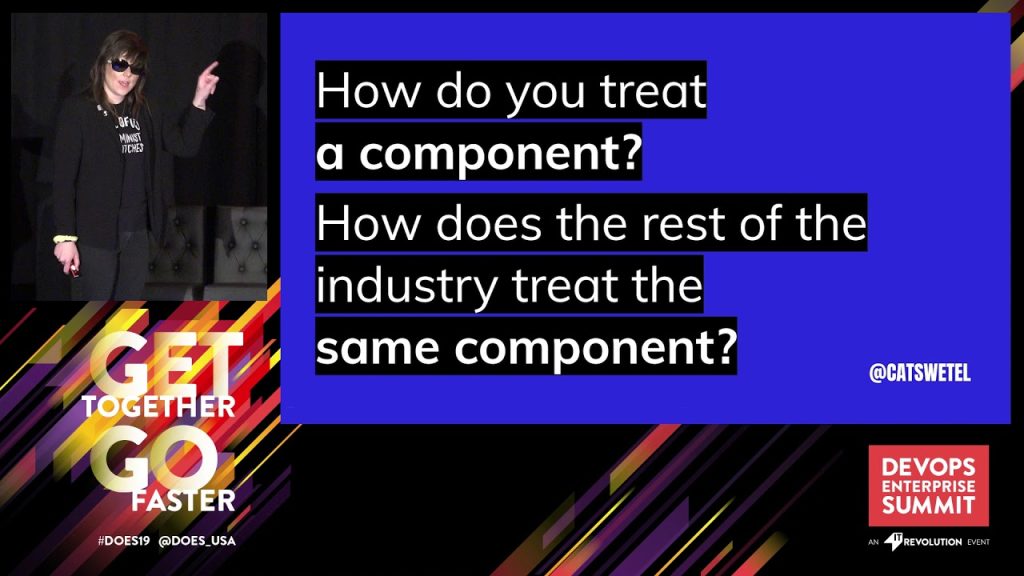
Customer Input For a Successful Product
Studies in Human Computer Interaction (HCI), User Centered Design (UCD) and User Experience Design (UED) have found that accurate and frequent customer input is essential for a successful software product. Knowing who your customers are, what their environment is like, and what their needs are gives you the information required to plan and design a […]
Read More
The Business Analyst Role in Agile Software Development
As companies transition to Agile and Scrum to manage their software development projects, how does this affect the work of business analysts? Nancy Nee, VP Global Product Strategy at ESI International, shares her opinion on the role of business analysts in Agile software development projects and how this approach impacts the requirement gathering activity. She […]
Read More
Asking Open-Ended Questions
Getting the important business needs out of the requirements gathering process should be the goal of every business analyst. In this article, Karl Wiegers discusses the benefits of asking open-ended questions during requirements specification. They are especially useful to discover exceptions to the normal process behaviour. You are then able to determine and describe how […]
Read More
Writing Better Requirements with Examples
Gathering requirements for software development is not always easy and IT guys will often complains that customers have difficulties to express what they want to achieve with a new development project. In this blog post, Lars Hoidahl discusses this topic and explains how examples and screen sketches can help to write better requirements.
Read More
Minimal Viable Products
In this blog post, Cory Foy discusses how to apply the Pareto law, the famous 80/20 rule, to the concept of minimal viable product. He defines two starting positions: you have to sell a solution for a problem or there is an actual need in a market. A Standish research shows that 45% of the […]
Read More



